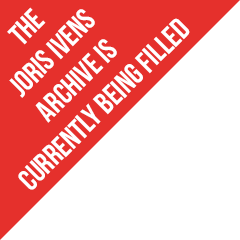


The opening day of the conference MAV 2012, will be about Joris Ivens. Several experts will speak about the film ‘L’Italia non è un paese povero’ of Ivens (1959).
At the the 15th, 16th and 17th of November, the conference MAV “materiali di antropologia visiva” (materials concerning visual anthropology) will be held. This is organized by the National Museum of popular art and traditions and the University of Roma ‘Sapienza’. Among the many experts and filmmakers they expect Daniele Vicari, Paolo Taviani, Virgilio Tosi, StefanoMissio and a few former representatives of the ENI (Ente Nazionale Idrocarburi), the employer of the film at that time.
The tripartite television-documentary about the winning of gas and oil in Italy ‘L’Italia non è un paese povero’ is still in the full interest of Italy.
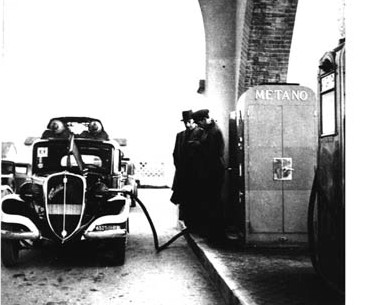
During a retrospective of the Taviani Brothers in the Cineteca Nazionale in Rome, the film L’italia non e’un paese povero will be screened. The Taviani Brothers were the assistants of Ivens during the making of this film. They consider Joris Ivens as their ‘teacher’ en admired him very much.
The Taviani brothers were approached by Ivens in 1960 and he asked them to be his assistants during the making of a film of three separate parts, about the extraction of gas and oil in Italy. They already had made some documentaries before, but they were still at the beginning of their film career. The third part of L’italia non e’un paese povero was eventually almost made by the Taviani brothers themselves because Ivens already started on the editing of the first two parts. Here they showed already a specific and personal style, that differs from the parts that Ivens made. Ivens saw the pictures of the Taviani brothers and afterwards he recommended them to make fiction films instead of documentaries. That is what they did and they became well known fiction filmmakers. The film L’italia non e’un paese povero was eventually censored by the Italian television (RAI) because there was too much poverty in it.
Klik hier voor meer informatie: http://www.fondazionecsc.it/news.jsp?ID_NEWS=1494&areaNews=8>emplate=default.jsp
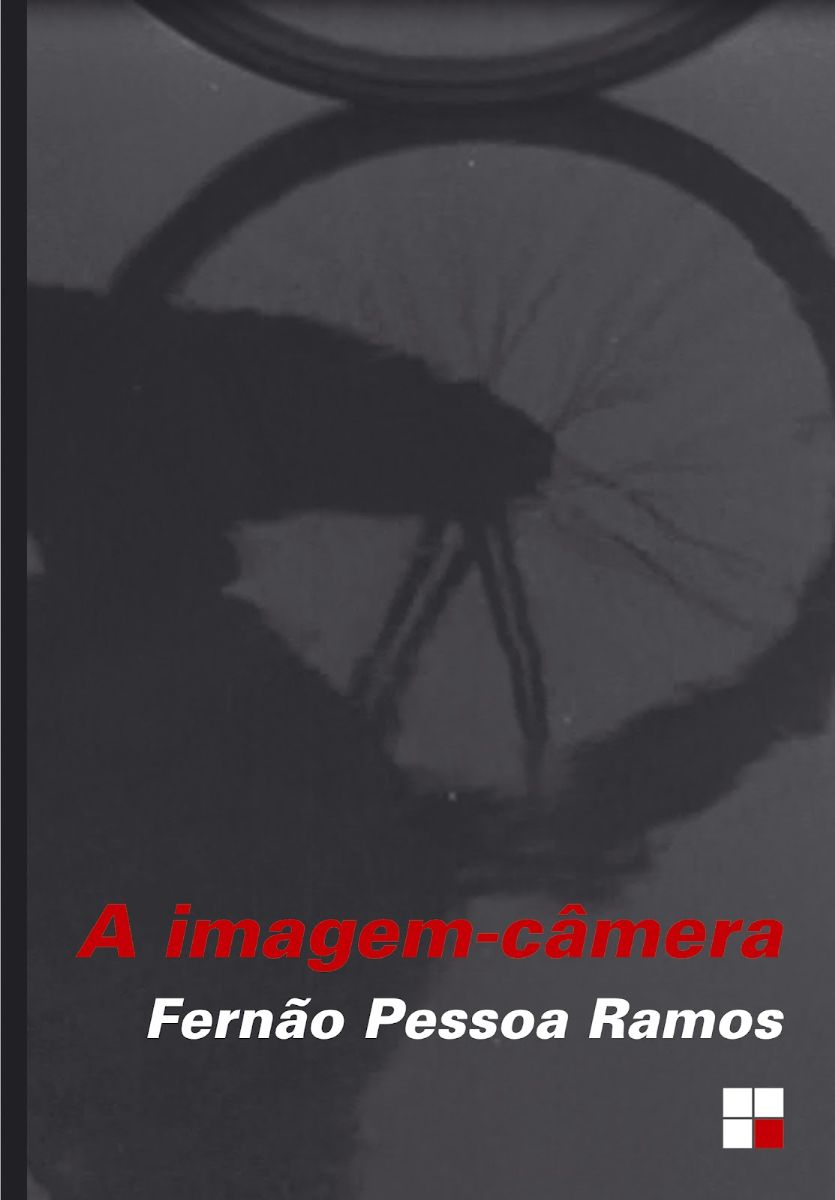
Recently Fernão Pessoa Ramos wrote his book ‘A imagem-câmera’. This book is published by Papirus Editora from Brazil. It examines the relation between the experiences of a filmmaker, the possibilities of the camera and the experiences of the spectator in the end. There are no illustrations in the book, except on the cover. For this cover the authors have chosen to use a still from the film ´rain´ of Joris Ivens. Ivens has invented and used new technologies for this film because he wanted to have more control over the ´eye of the camera´ and therefore automatically more control over the experiences of the spectators. The book is written in Portuguese.
100 years ago, Joris Ivens filmed The wigwam.
Hundred years ago, in the spring of 1912, Joris Ivens filmed his first fictionmovie called The wigwam at an thirteen years old age. The filmshootings took place in the woods near the Heidevensweg and the uncultivated hills of the Kwakkenberg in Nijmegen. Ivens’ film career started with this film, which continued for 75 years and resulted in 80 films in the end. On Friday 29th of June, the festival Il Cinema Ritrovato in Bologna will focus on The wigwam and the film will be presented in their program ‘Centi anni fa’.
Read more: Joris Ivens’ film career started with the abduction of a child.
![]()
The Cinematek in Brussels is organizing a series about ‘documentary’. They show the most important documentary films from the beginning of cinema until now. In September they focus on Joris Ivens and they will show many films.
Schedule (click here for a detailed schedule):
The 400 million:
Thu 13.09.12 / 16:00 / CINEMATEK - Plateauzaal
Onafhankelijkheid! (two films: Indonesia calling and Demain a Nanguila):
Wed 19.09.12 / 16:00 / CINEMATEK – Plateauzaal
Das lied der ströme:
Fri 14.09.12 / 20:00 / CINEMATEK – Plateauzaal
L’italia non e’un paese povero
Fri 21.09.12 / 18:00 / CINEMATEK – Plateauzaal
Thu 27.09.12 / 20:00 / CINEMATEK - Plateauzaal
Ivens: Reisdagboeken (two films: …a Valparaíso and Carnet de Viaje)
Sat 22.09.12 / 20:00 / CINEMATEK - Plateauzaal
Wed 26.09.12 / 16:00 / CINEMATEK - Plateauzaal
Le 17e Parallèle
Tue 25.09.12 / 20:00 / CINEMATEK - Plateauzaal
Sun 07.10.12 / 18:00 / CINEMATEK - Plateauzaal
Comment Yukong deplaça les Montagnes (part 1)
Wed 03.10.12 / 18:00 / CINEMATEK - Plateauzaal
Tue 23.10.12 / 20:00 / CINEMATEK - Plateauzaal
Comment Yukong deplaça les Montagnes (part 2)
Fri 05.10.12 / 18:00 / CINEMATEK - Plateauzaal
Wed 24.10.12 / 20:00 / CINEMATEK - Plateauzaal
Comment Yukong deplaça les Montagnes (part 3)
Sat 13.10.12 / 18:00 / CINEMATEK - Plateauzaal
Thu 25.10.12 / 20:00 / CINEMATEK - Plateauzaal
Comment Yukong deplaça les Montagnes (part 4)
Thu 18.10.12 / 18:00 / CINEMATEK - Plateauzaal
Fri 26.10.12 / 20:00 / CINEMATEK – Plateauzaal
Comment Yukong deplaça les Montagnes (part 5)
Sat 20.10.12 / 18:00 / CINEMATEK - Plateauzaal
Sat 27.10.12 / 20:00 / CINEMATEK - Plateauzaal
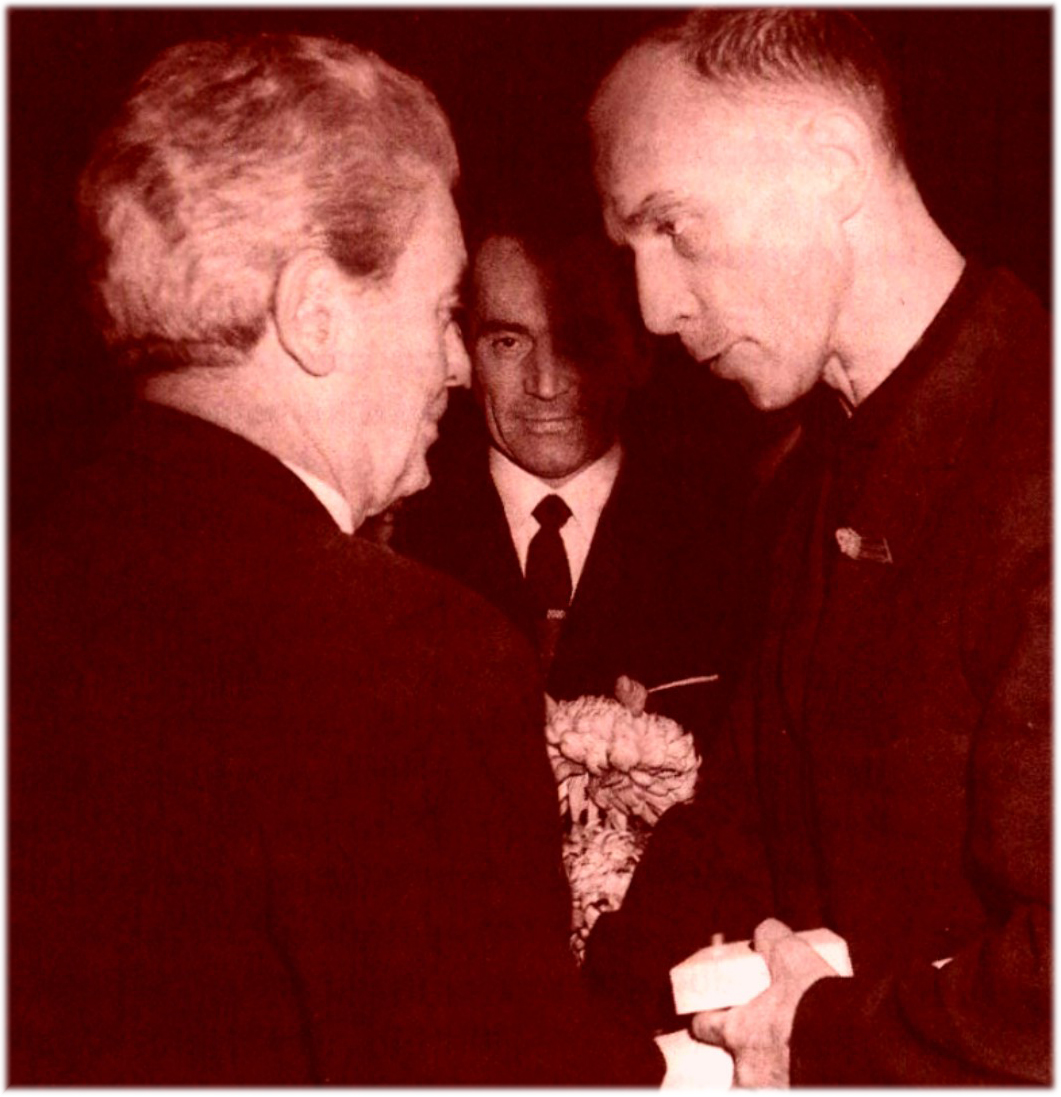
Monday 30th of July, the French writer, photographer and filmmaker Chris Marker (1921) has passed away. He died one day after his 91st birthday. Marker cooperated on three films with Joris Ivens: Rotterdam-Europoort, …à Valparaiso and Loin de Vietnam that arose from the concept of Pour le Mistral and he once said: ‘Le Mystere Ivens’ or ‘How I learned to like Joris Ivens and stop worrying’. In 1963 Joris Ivens ensured recognition for Markers’ work as a member of the selection jury at the Leipzig documentary festival, by forcing the first price for his controversial film Le joli mai.
In the fifties and sixties Ivens and Marker belonged to the circle of leftish friends and activists. Later, when they got older, Ivens and Marker took distance from this restricted label ‘political filmmaker’ because to them, most important of all was the relation between art and history: The small histories in everybody lives, with a subjective memory and the big history of the oppressed and oppression. “What I’m passionate about is History, and politics interest me only insofar as it is the cross-section of History in the present.”
About the cooperation between Marker and Ivens and about the start of Loin de Vietnam:
André Stufkens: ‘Joris Ivens, wereldcineast’, p. 337, 351, 403.
Ian Mundell: ‘Far from Vietnam, the genesis of the collecive film Loin de Vietnam’, Ivens magazine #9, November 2003, p.25-27.
Click here for an article about the work and life of Chris Marker: http://www.newyorker.com/online/blogs/movies/2012/07/in-memoriam-chris-marker.html#ixzz22INwgsut
A new book about the work of Chris marker will be presented on the closing ceremony of the International Documentary Film Festival. For more information click here.

Since Saturday, the 2nd of June is Manifesta 9 officially open for the audience. The film ‘Borinage’ of Joris Ivens and Henri Storck, in which they have filmed the life of the Belgian mineworkers, will also be screened. The work of Erik van Lieshout, wich is inspired by the film ‘Borinage’, will beexhibited as well.
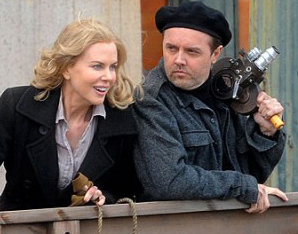
Monday 28th of May was the film ‘Hemingway and Gellhorn’ broadcasted in the United States. The role of Joris Ivens is played by Lars Ulrich, the drummer of Metallica.
This new HBO film, directed by Philip Kaufman, is about the love affaire between journalist Martha Gellhorn (by Nicole Kidman) and the writer Ernest Hemingway (by Clive Owen). An important part of the story involves their period in Spain, during the shooting of ‘Spanish Earth’ of Joris Ivens. The film will be broadcasted in the Netherlands on the 22th of July.